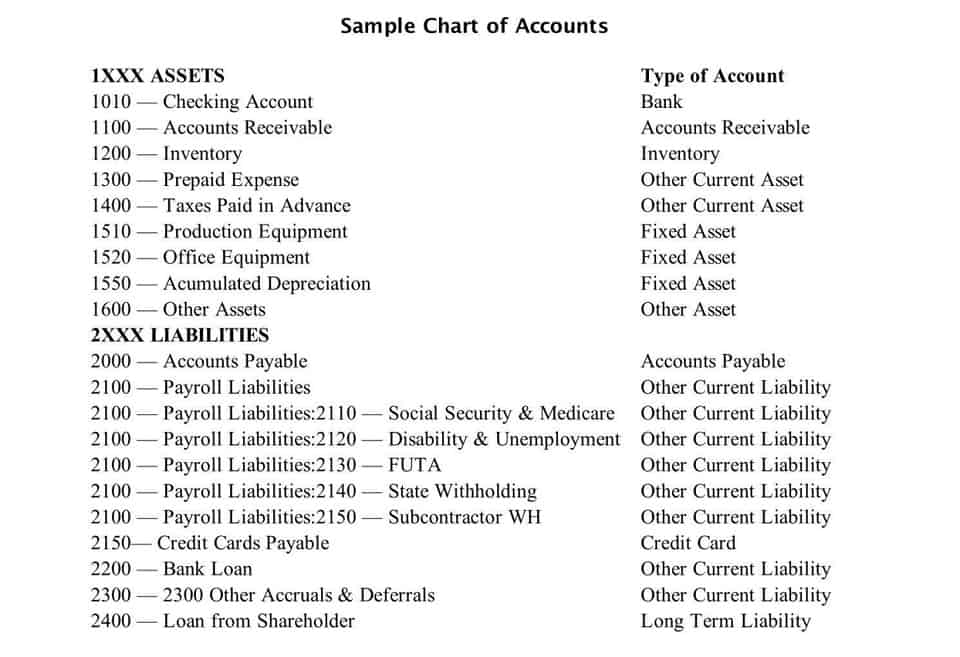
The number and variety of endpoint devices in need of patching is exploding as 5G networks come online, mobile apps proliferate and more companies deploy IoT technology. Furthermore, the rise of AI is providing hackers with new tools for penetrating networks. All of this is making patch management simultaneously more complex and essential. Patch management is the subset of systems management that involves identifying, acquiring, testing and installing patches, or code changes, that are intended to fix bugs, close security holes or add features. PlanHub’s advanced suite of bid management tools allows you to increase productivity, identify relevant projects using data, build bids with Takeoff, and manage bids through the entire process.
A Simple Example of Fixed-rate Retainage
Provinces can limit the level of retainage that is allowed on construction contracts. As such, it’s important to look into the province’s laws where you will be conducting work. If you’re entitled to payment and the contractor or developer is withholding retainage funds, the law is strongly on your side. Perhaps there is a way to offset the retainage requirement on the project.
How clear communication and documentation helps you better manage retainage

This includes data classification and categorization, data profiling, data quality assessment, data access requests, and data issue resolution. Processes for data stewardship, data lineage tracking, and data documentation should also be defined. Collectively, these processes enable organizations to manage data effectively by ensuring that data is consistently monitored, improved, and aligned with business objectives.

How to record construction retainage
Learn the latest news and best practices about data science, big data analytics, artificial intelligence, data security, and more. Data often resides in various silos within an organization, making it challenging retainage in construction to access and analyze. Automation and integration tools can help streamline the process by enabling data to flow seamlessly between systems, eliminating the need for manual data entry or data transformation.
- If you’re entitled to payment and the contractor or developer is withholding retainage funds, the law is strongly on your side.
- This includes data classification and categorization, data profiling, data quality assessment, data access requests, and data issue resolution.
- Of course, this is a particular challenge for companies who operate in multiple jurisdictions.
- Subcontractors and other down-the-chain participants have gripes about retainage – with good reason.
- Although software vendors rigorously test patches before releasing them, they cannot possibly evaluate the infinite possible configurations and scenarios where every patch will be deployed.
From a general contractor’s perspective, retainage that is set forth in a prime contract should mirror the retainage provisions set forth in the project subcontract agreements. Also, note that setting a higher retainage amount in the subcontract may be prohibited by some state statutes on retainage or prompt pay laws. There are several strategies that contractors can use to get retainage back faster. The most effective way to get paid, however, may be to file a mechanics lien. Contractors have a vested interest in completing the project as efficiently as possible to secure the release of the withheld funds.

Furthermore, retainage helps to ensure that subcontractors and suppliers are paid. If a prime contractor fails to pay these parties, the government agency can use the retained funds to settle these debts. This protects the agency from claims and liens that could arise if these parties are not paid. Legal advice may be necessary to navigate these rules effectively, especially in complex projects or when disputes arise. While this practice is generally seen as favouring clients, it also ensures contractors don’t have to wait until the end of a project to get any money.
- Since there is little to no reported legal authority providing guidance, caution should be taken to not be overzealous in negotiating down the protections provided by a state’s retainage law.
- It is often advisable to explore alternative methods of dispute resolution before resorting to litigation.
- This guide will explore the importance of retainage in construction accounting and share best practices for managing this critical aspect of construction finances.
- One of the most important legal stipulations for private projects that you should be aware of is how you can use a mechanic’s lien.
- Contractors and subcontractors must be aware of and comply with these legal requirements to avoid potential disputes and legal issues.
- By withholding a portion of the payment until the project is finished, the owner or client can ensure that the contractor has a financial incentive to complete the work on time and to the agreed-upon standards.